An overview of ocean carbon dioxide removal (oCDR) technologies and methods
According to the Intergovernmental Panel on Climate Change (IPCC), there is no scenario in which we achieve the Paris Agreement goals without the use of carbon dioxide removal (CDR) technologies. Forcibly removing emissions from the atmosphere becomes increasingly important the longer we delay in reducing the rate of our emissions. The ocean could be an important vector for CDR technologies, helping us remove excess carbon dioxide from the atmosphere and store it in the ocean.
37 gigatonnes of carbon dioxide are emitted annually through human activities. Only 0.002 gigatonnes of CO₂ per year, is captured and stored by all CDR methods today. By 2050, CDR technologies need to be removing at least 10 gigatonnes to limit warming below 2 degrees Celsius.
Ocean CDR (oCDR), also known as marine carbon dioxide removal (mCDR), refers to deliberate practices that utilize or enhance the natural biochemistry or physical features of the ocean to actively remove carbon dioxide from the atmosphere and durably store it within the ocean. While there are many forms of CDR, the ocean is one of the planet’s largest natural carbon sinks and has an important role to play in the fight against climate change.
The ocean is one of the largest carbon sinks on the planet, sequestering about 25% of the anthropogenic carbon emissions annually through the oceanic carbon cycle. The ocean’s capacity to naturally absorb carbon is diminishing, it simply can’t keep pace with the increasing rate of carbon in the atmosphere on its own.
If the ocean is absorbing too much carbon through natural processes, why would we ever want to intentionally put more carbon in it? After all, when carbon dioxide dissolves in seawater, it forms carbonic acid, which making it more acidic. Ocean CDR is a complicated and controversial set of technologies. In theory, depending on where and how carbon dioxide is stored in the ocean, certain methods can delay the carbon dioxide’s inevitable return to the atmosphere, without contributing to ocean acidification or other stressors. Much depends on the method of storage, and researchers are still trying to evaluate the long-term environmental impacts in poorly understood marine environments such as the deep sea.
There are a variety of Ocean CDR methods that take advantage of natural physical and biochemical properties of seawater and marine organisms.
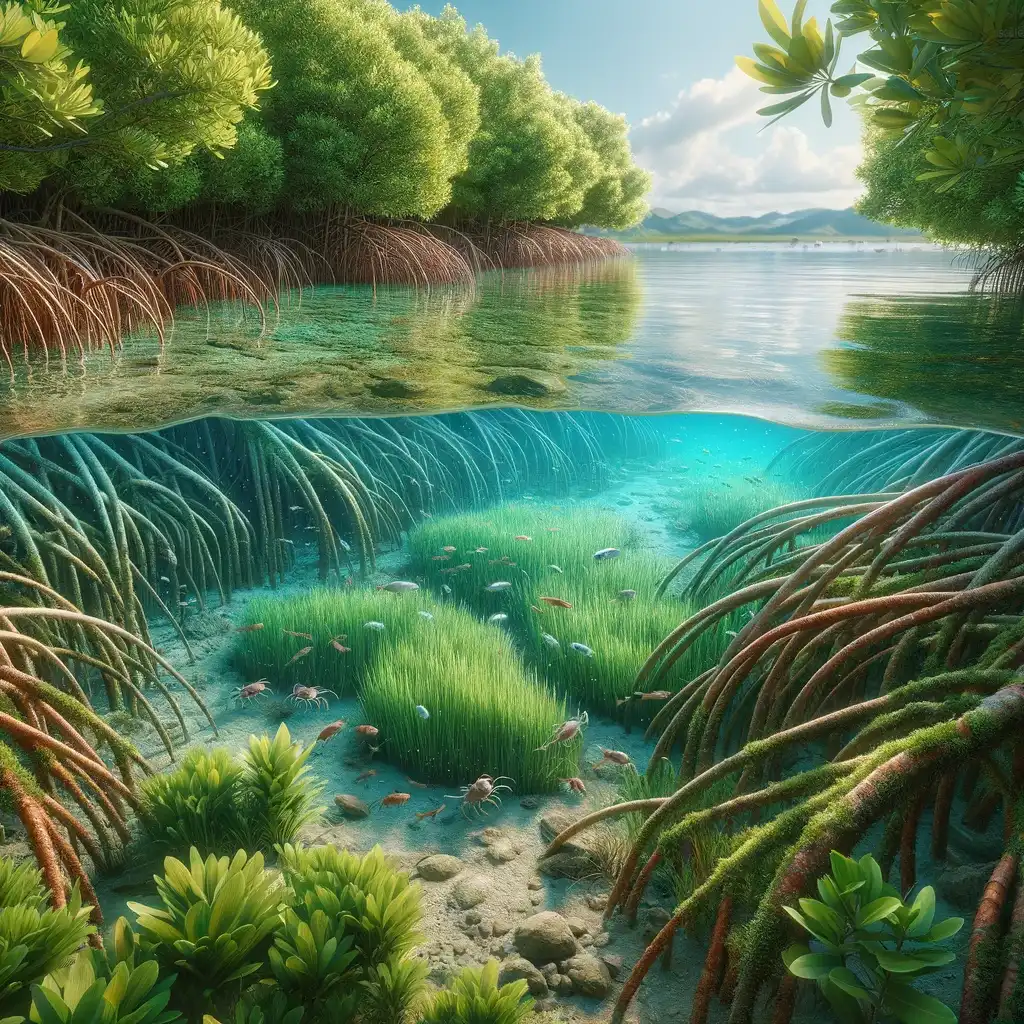

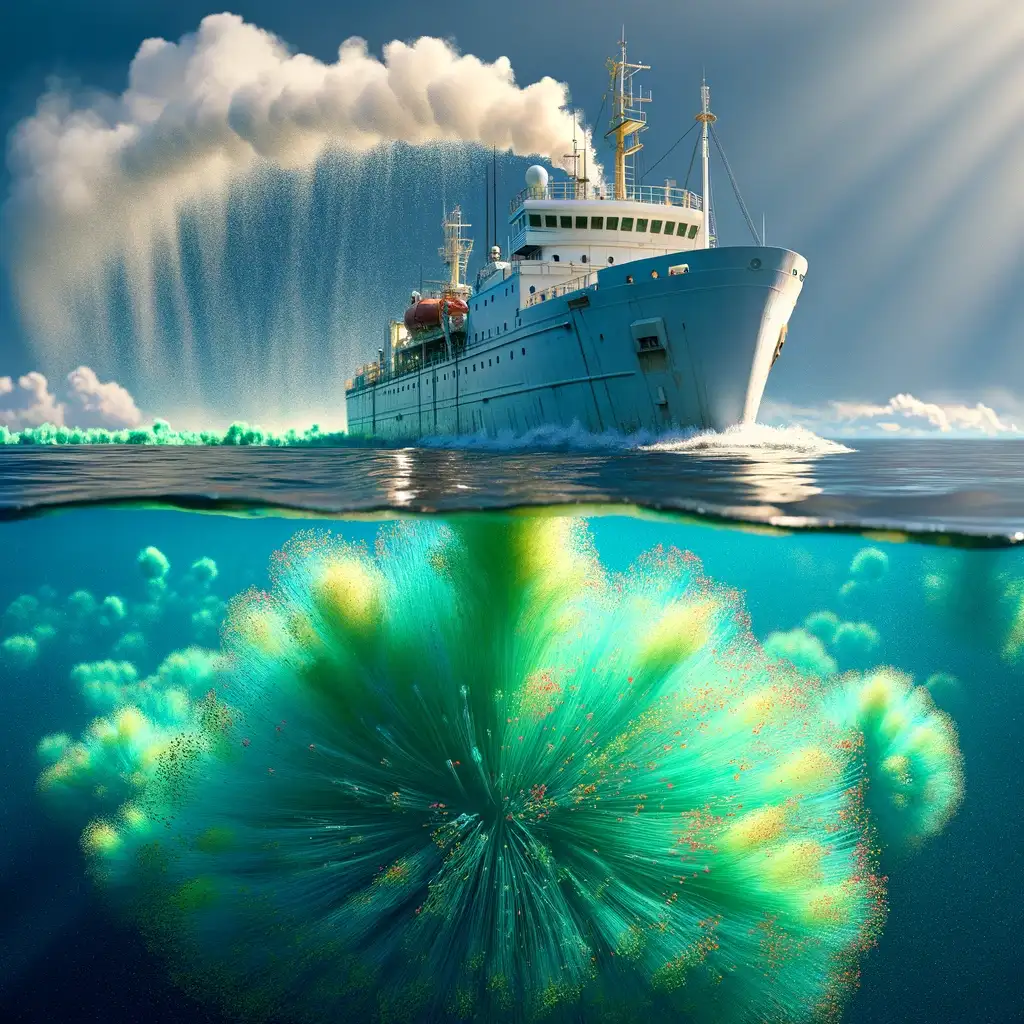
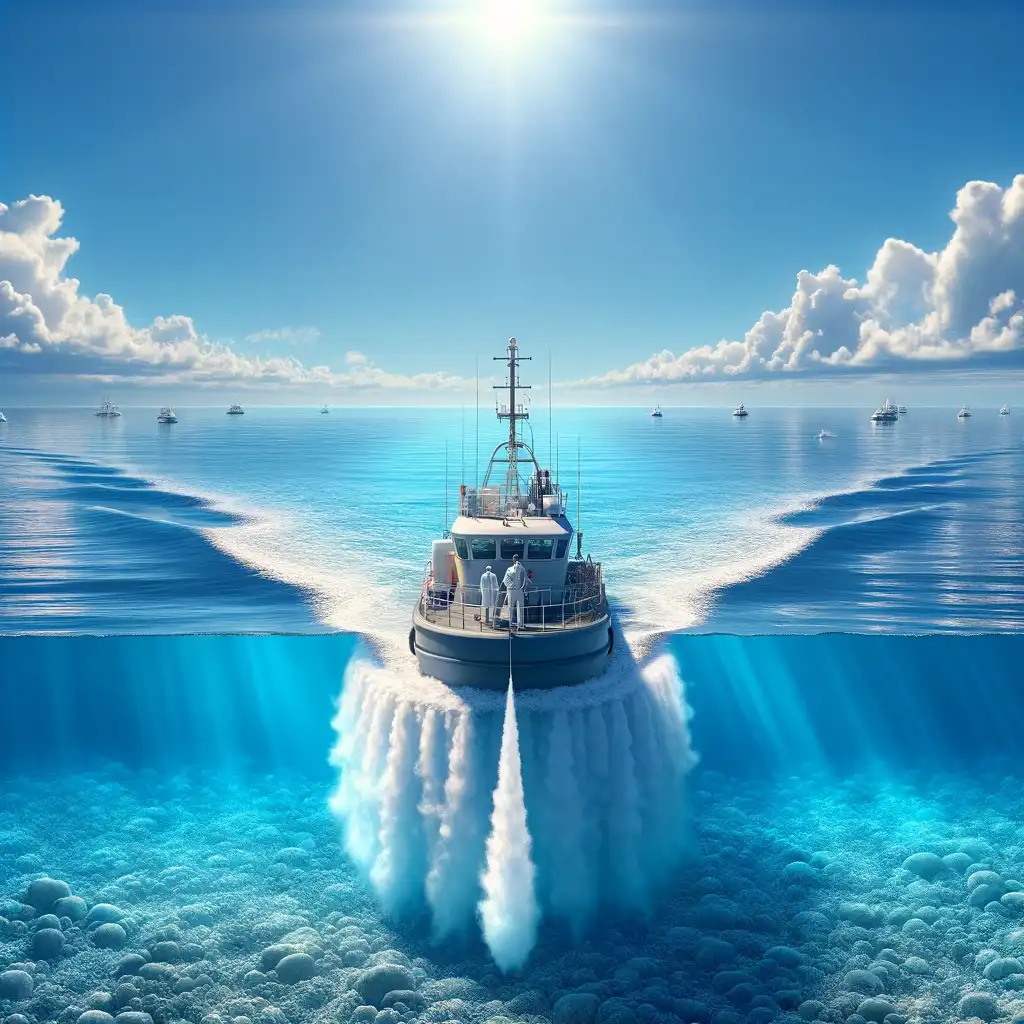
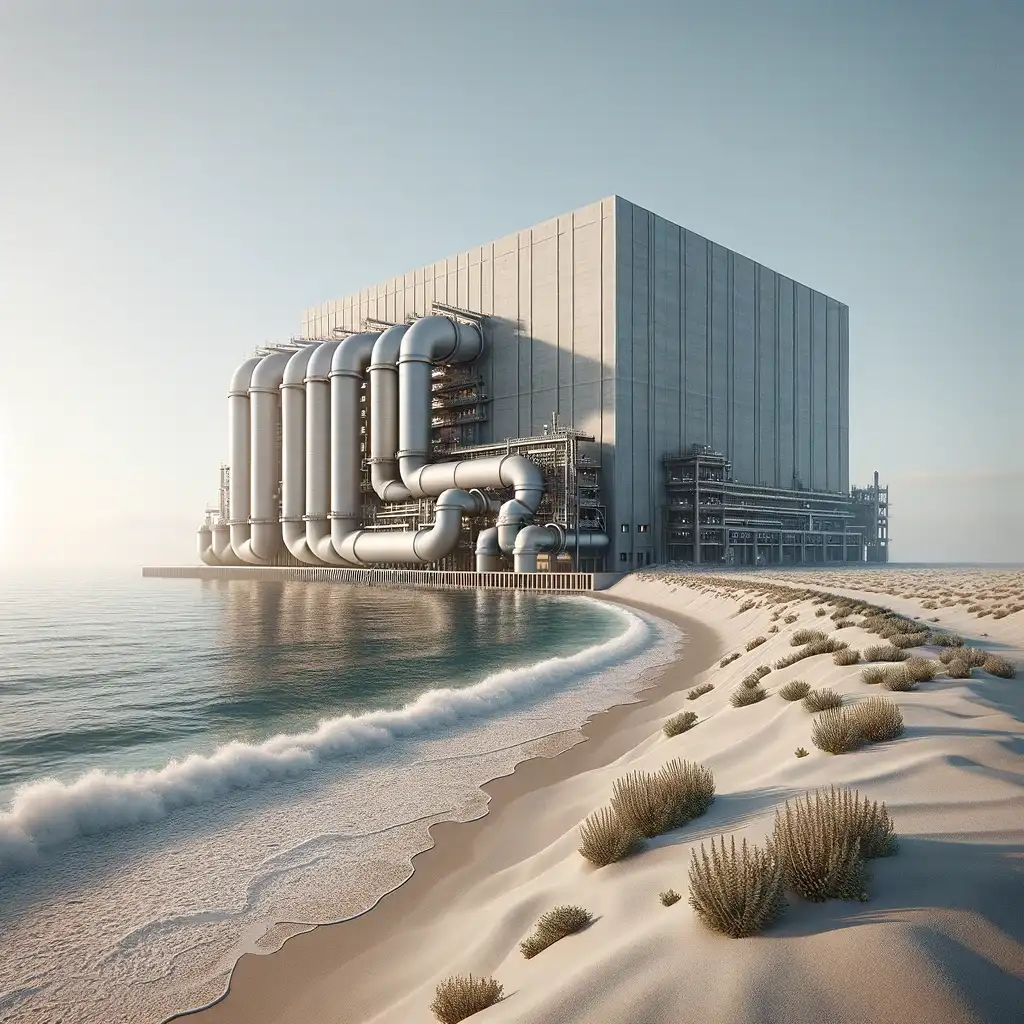
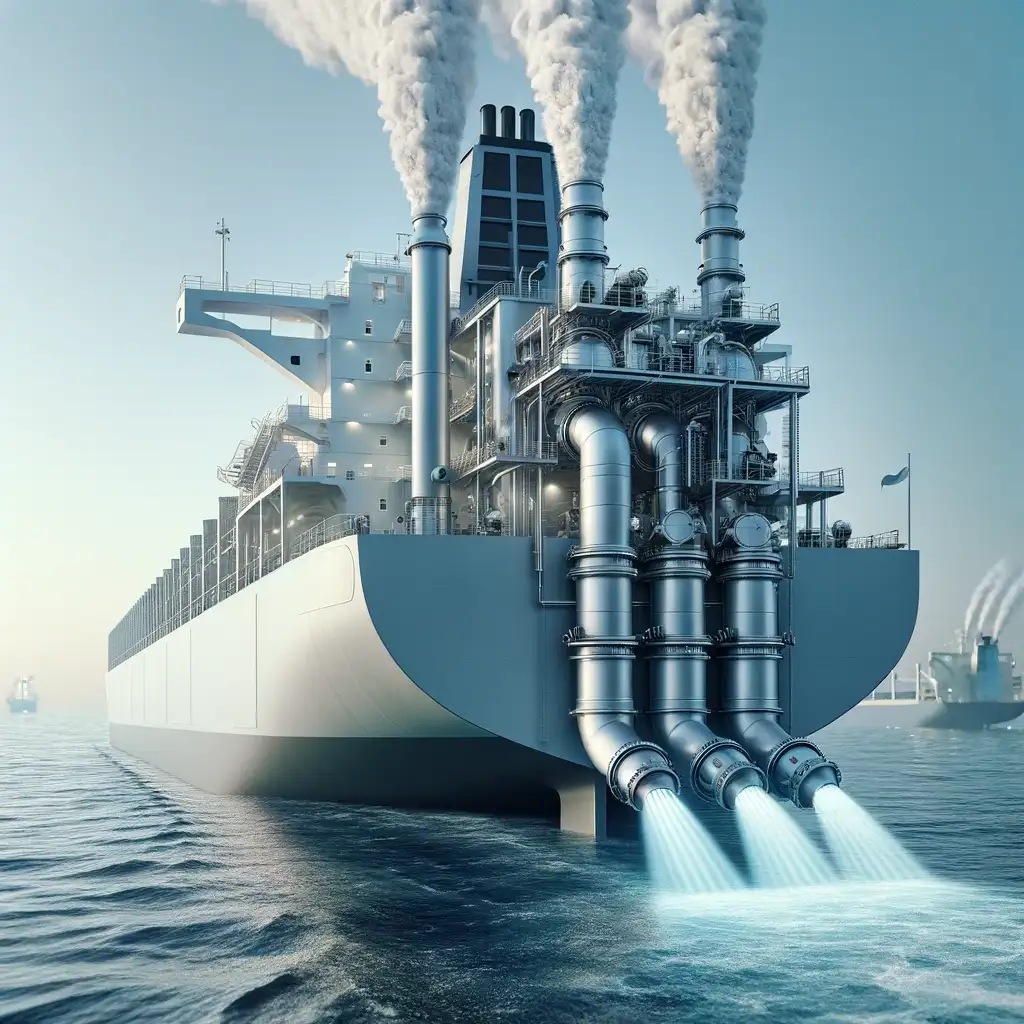

Thanks for subscribing to The Liquid Grid! You’ll receive email updates when new articles are posted.